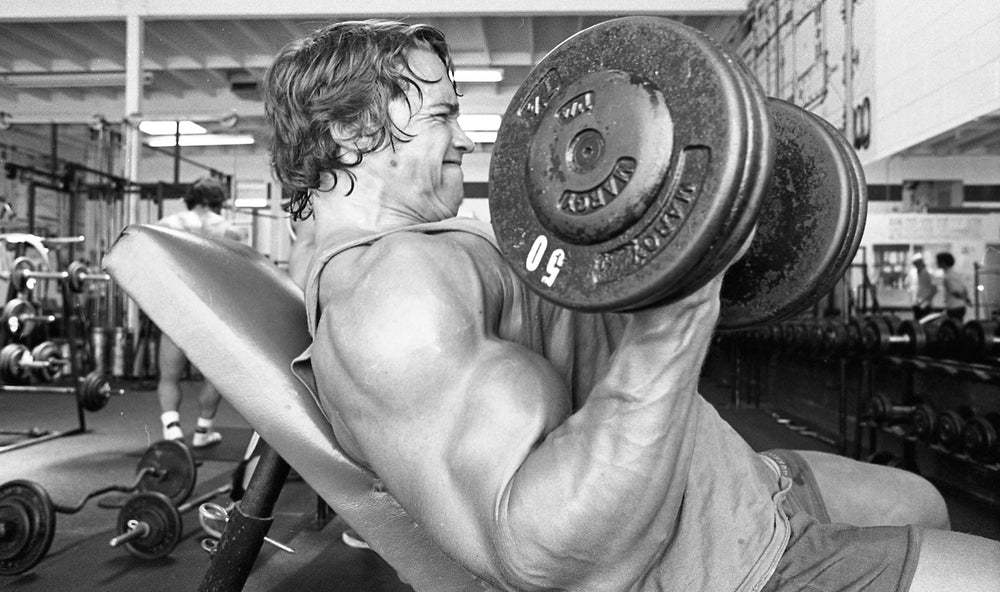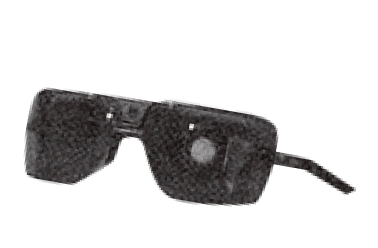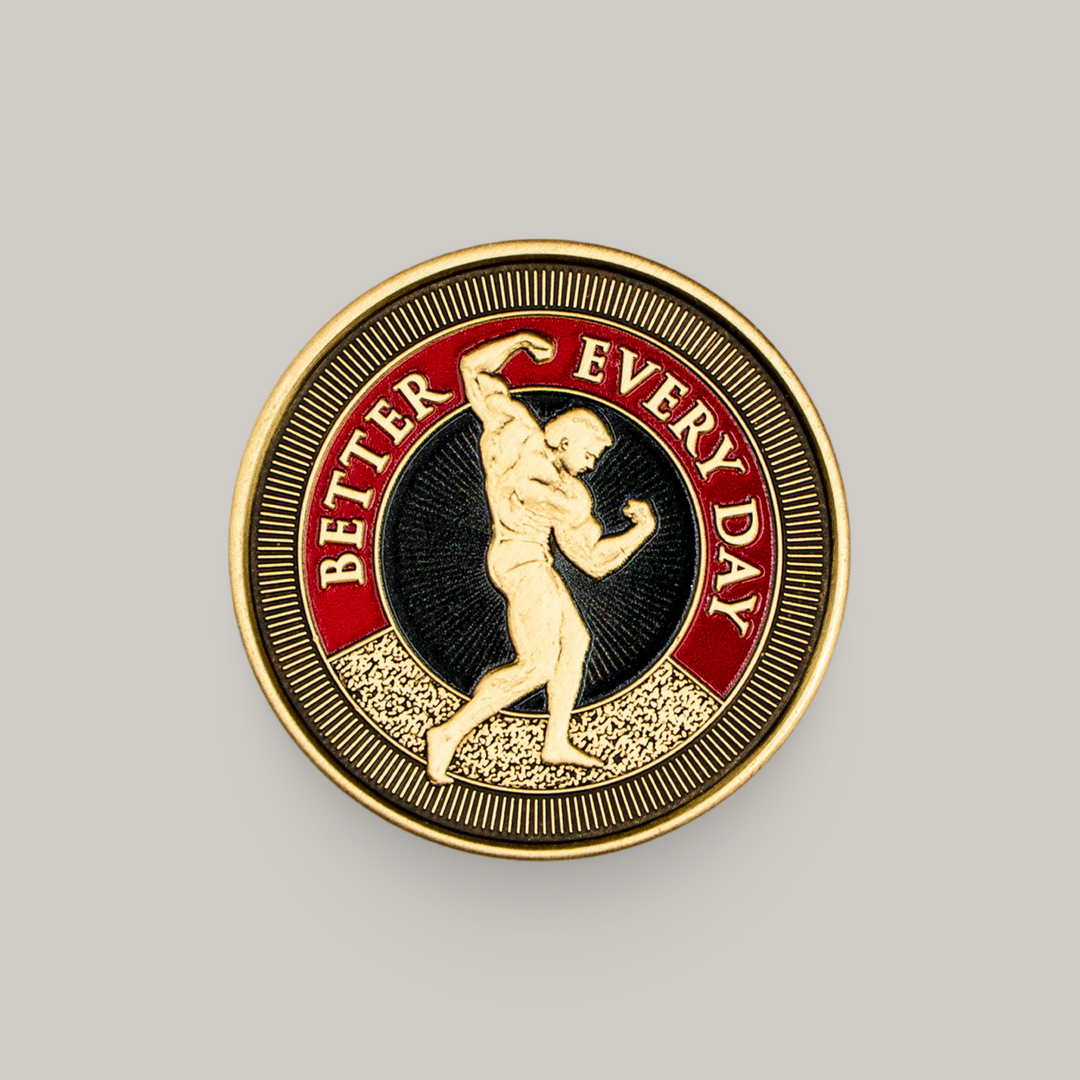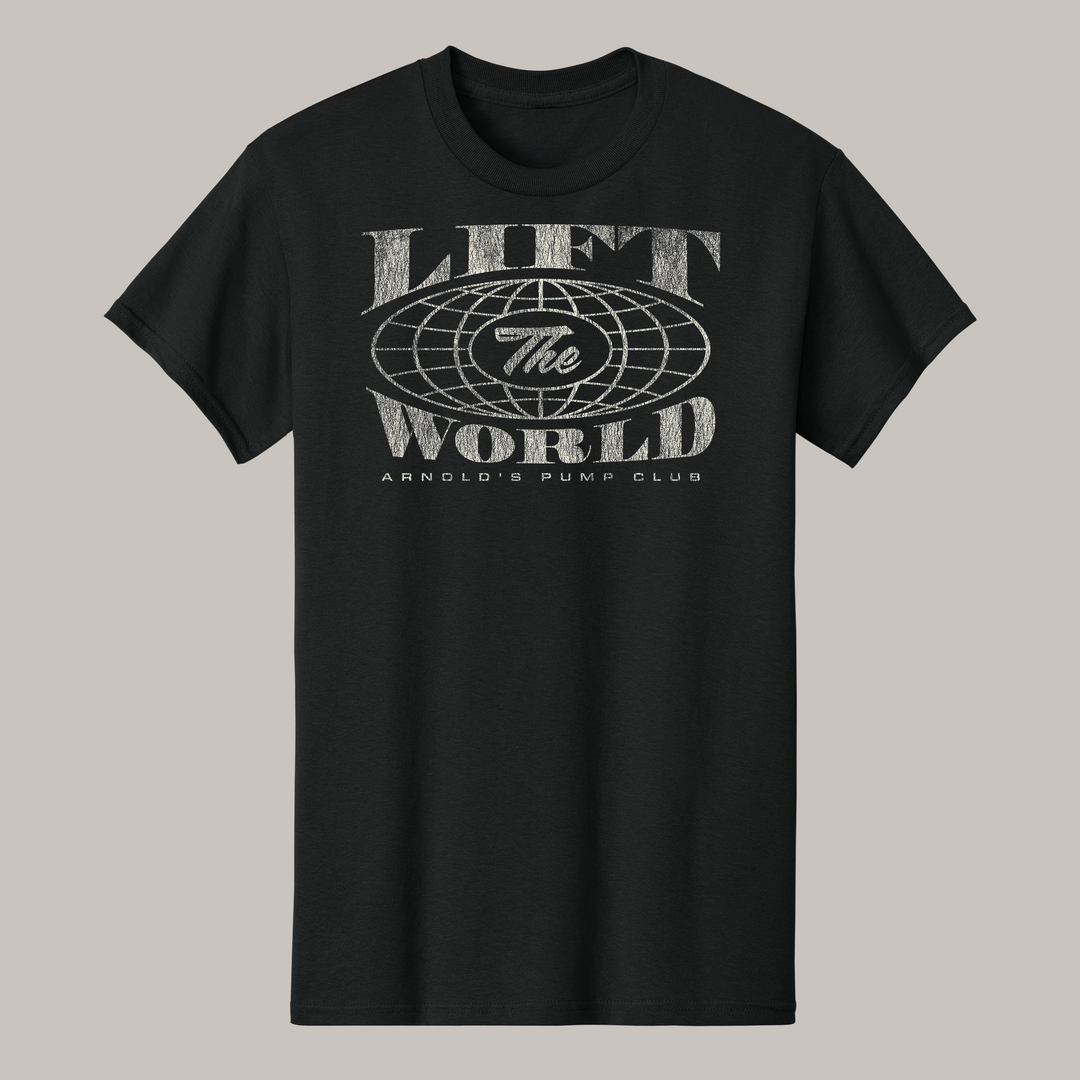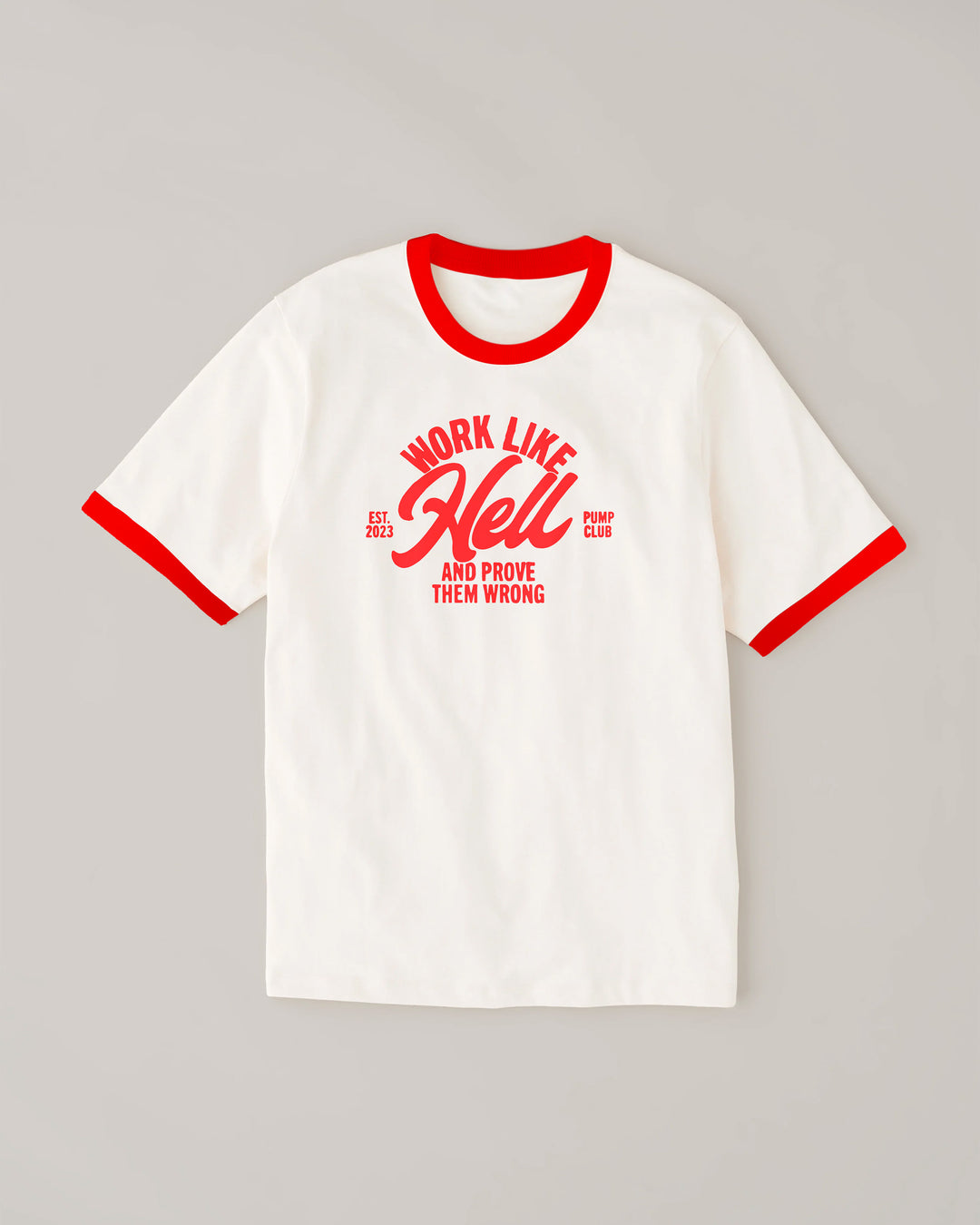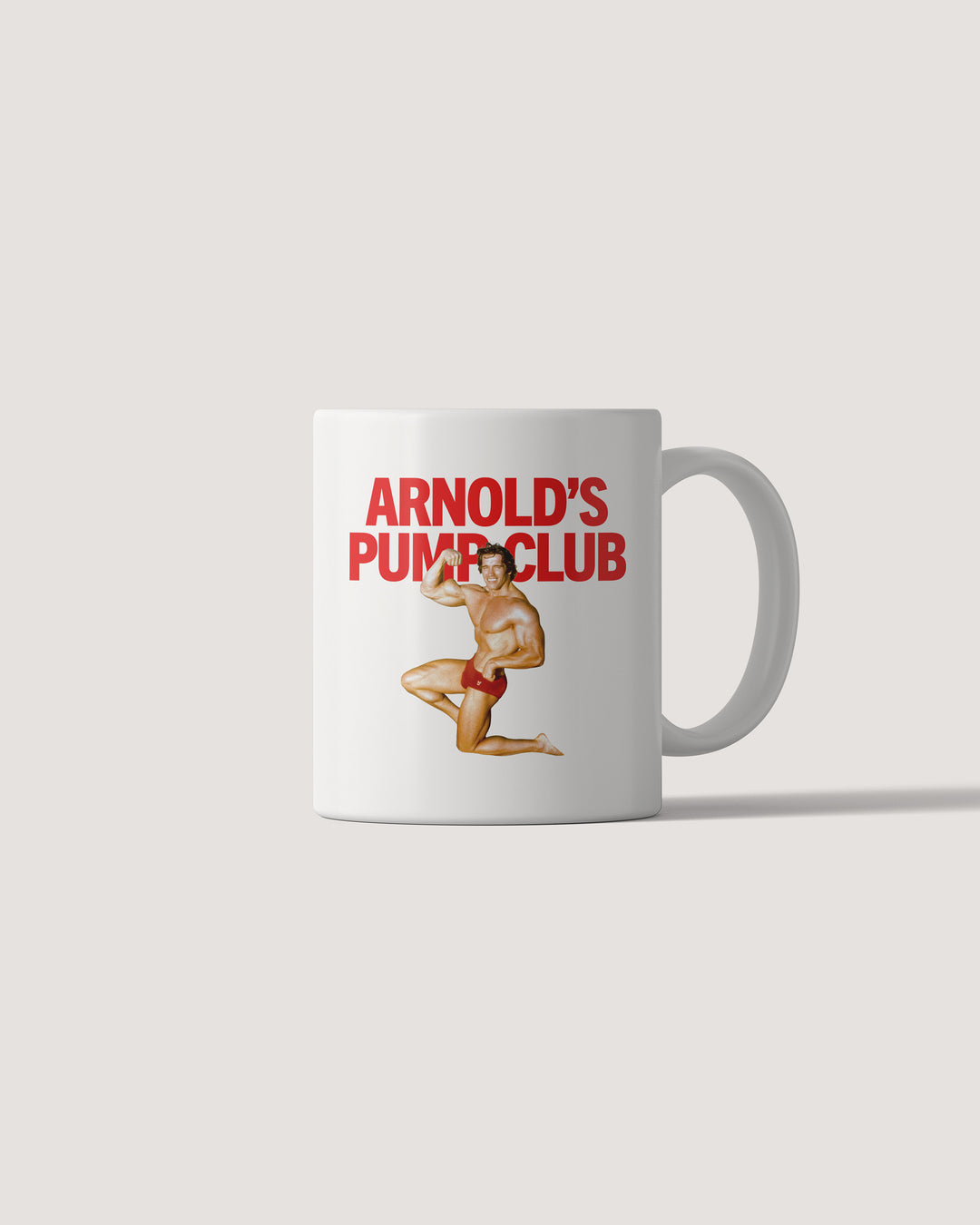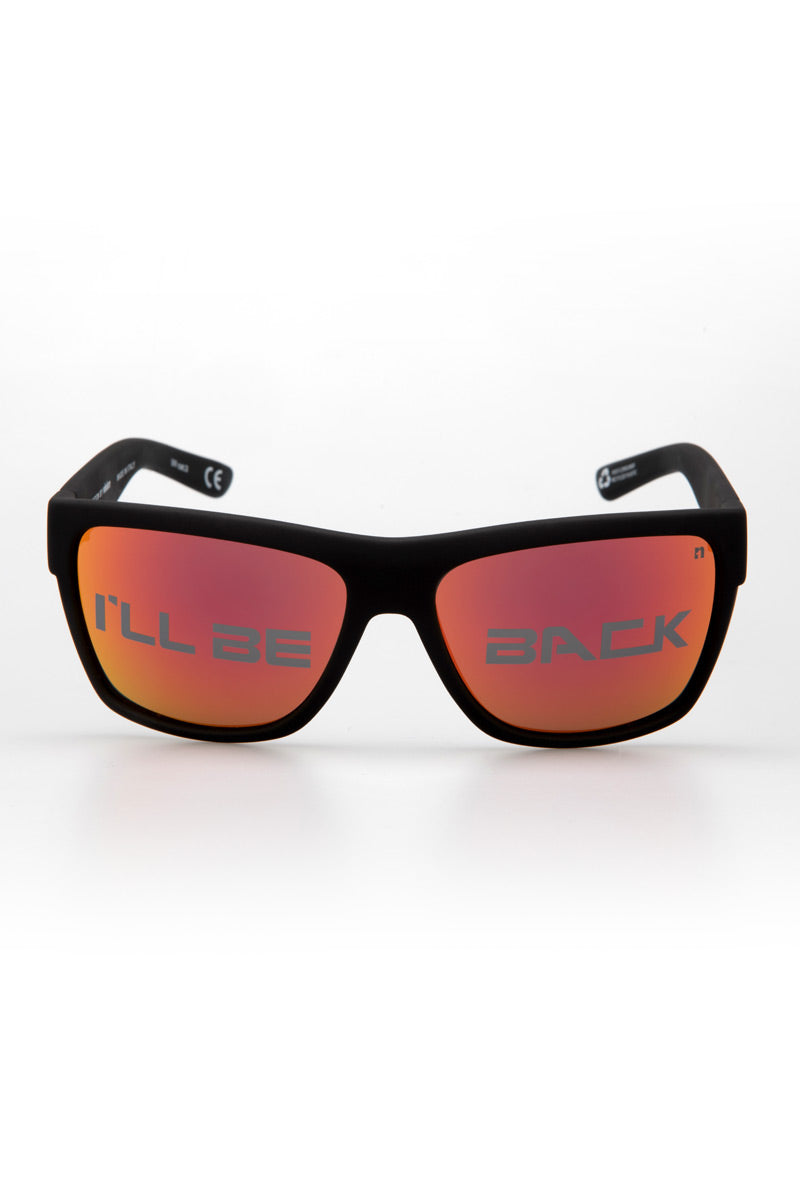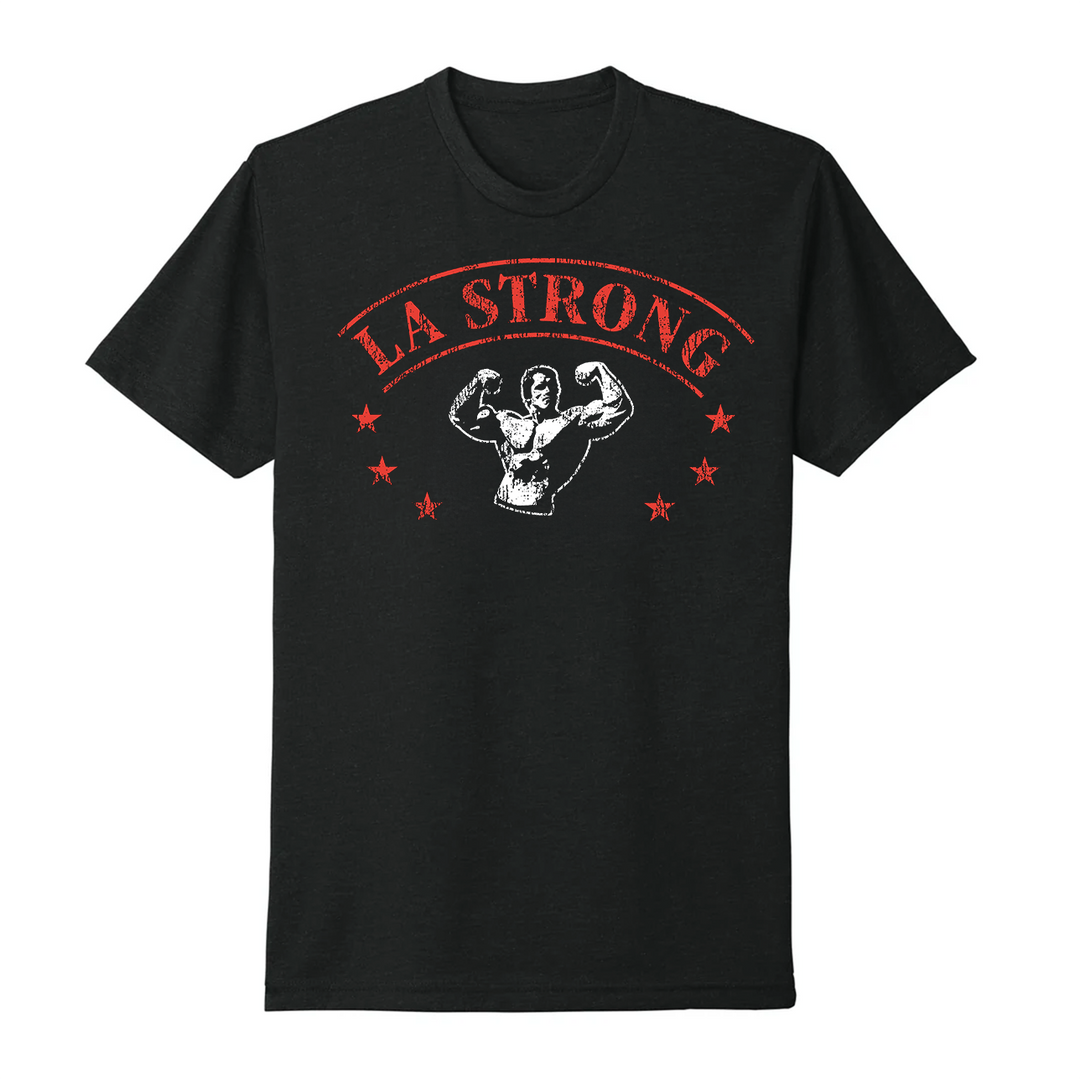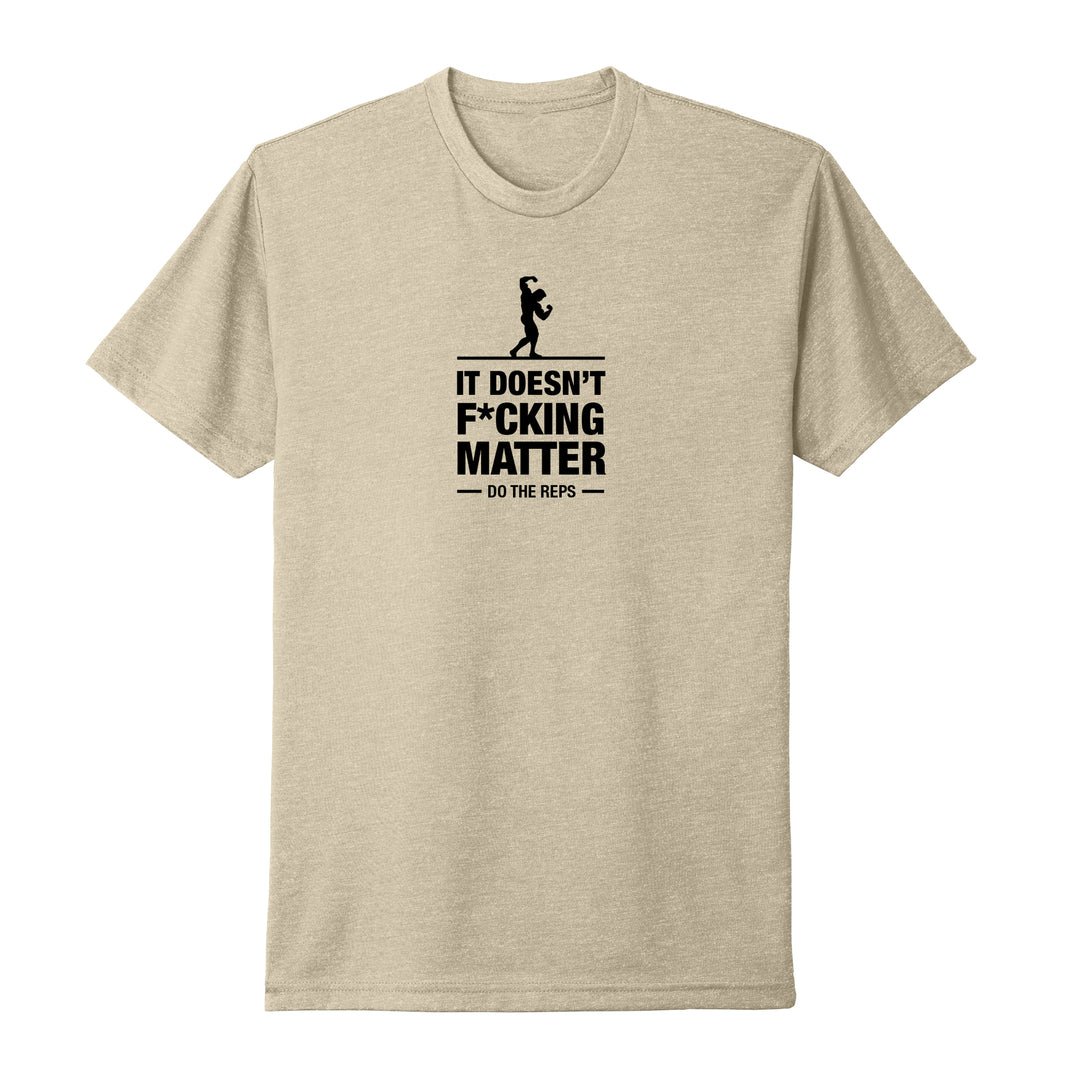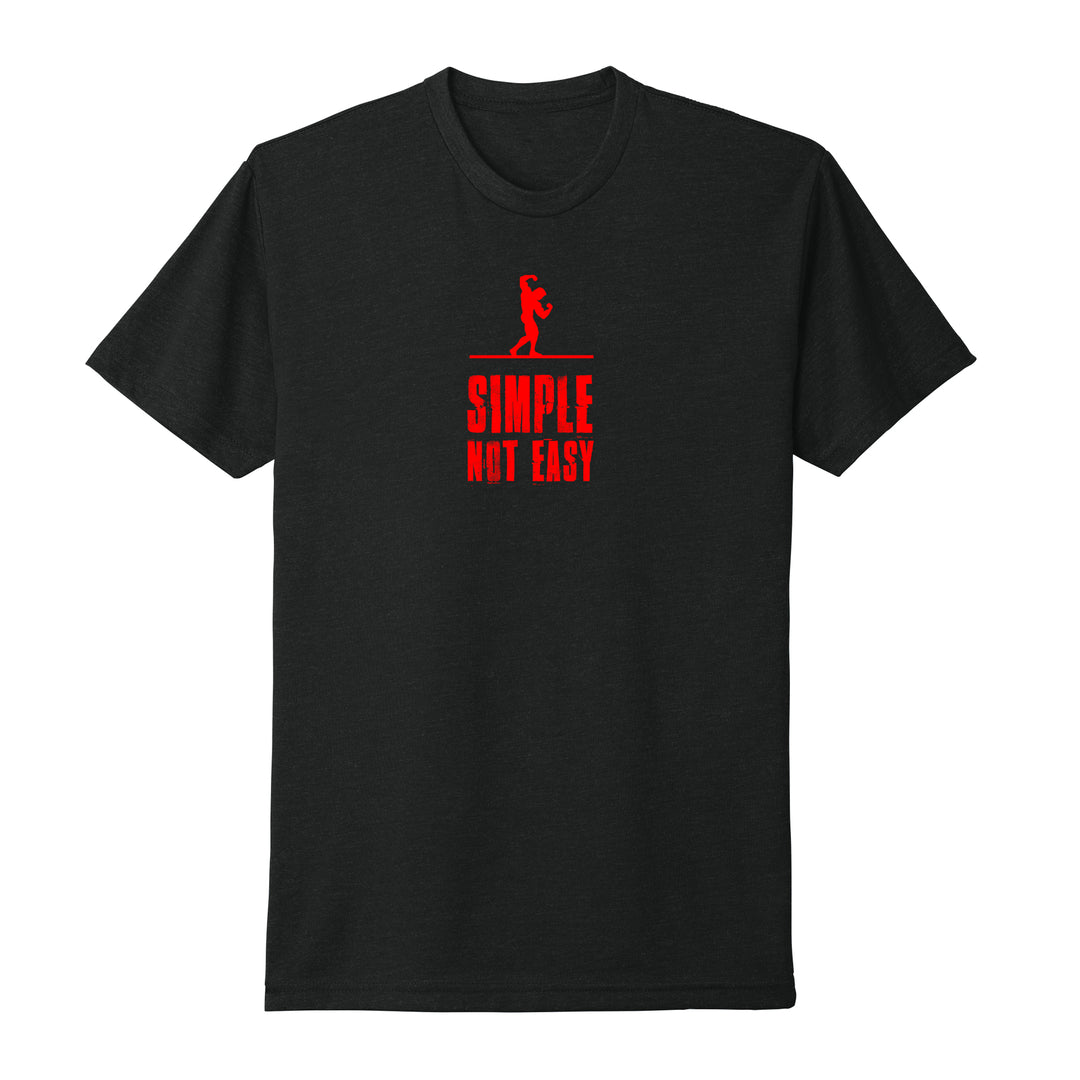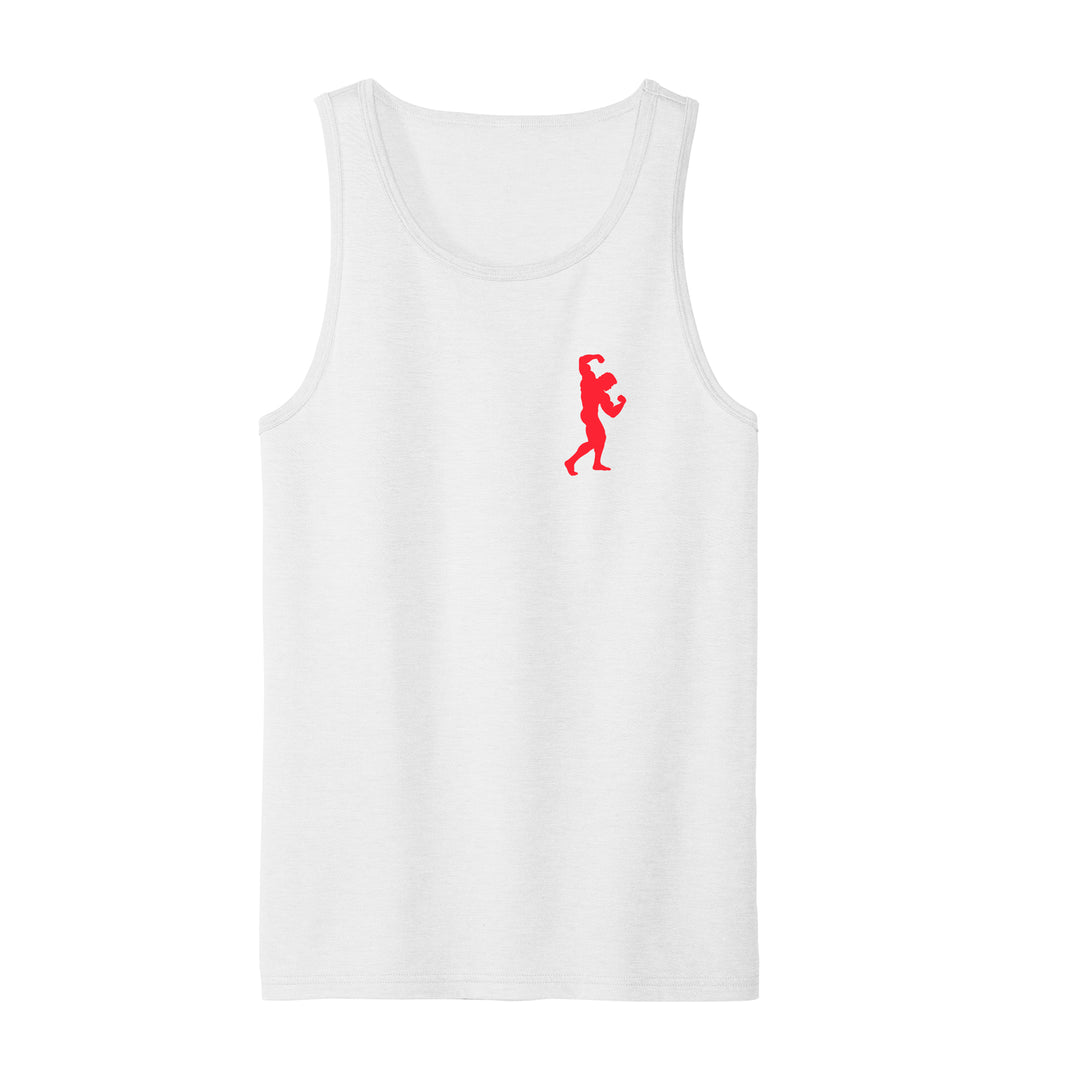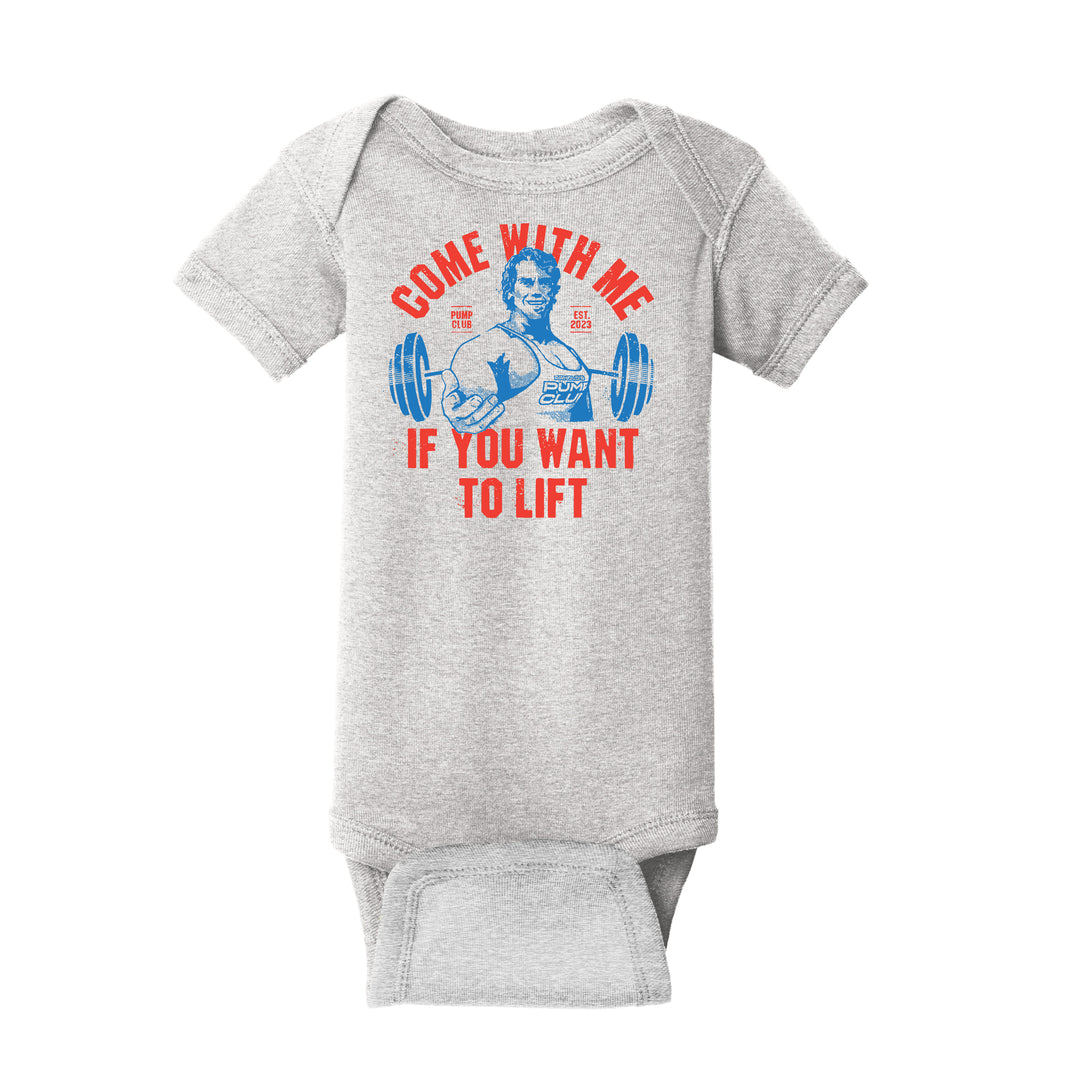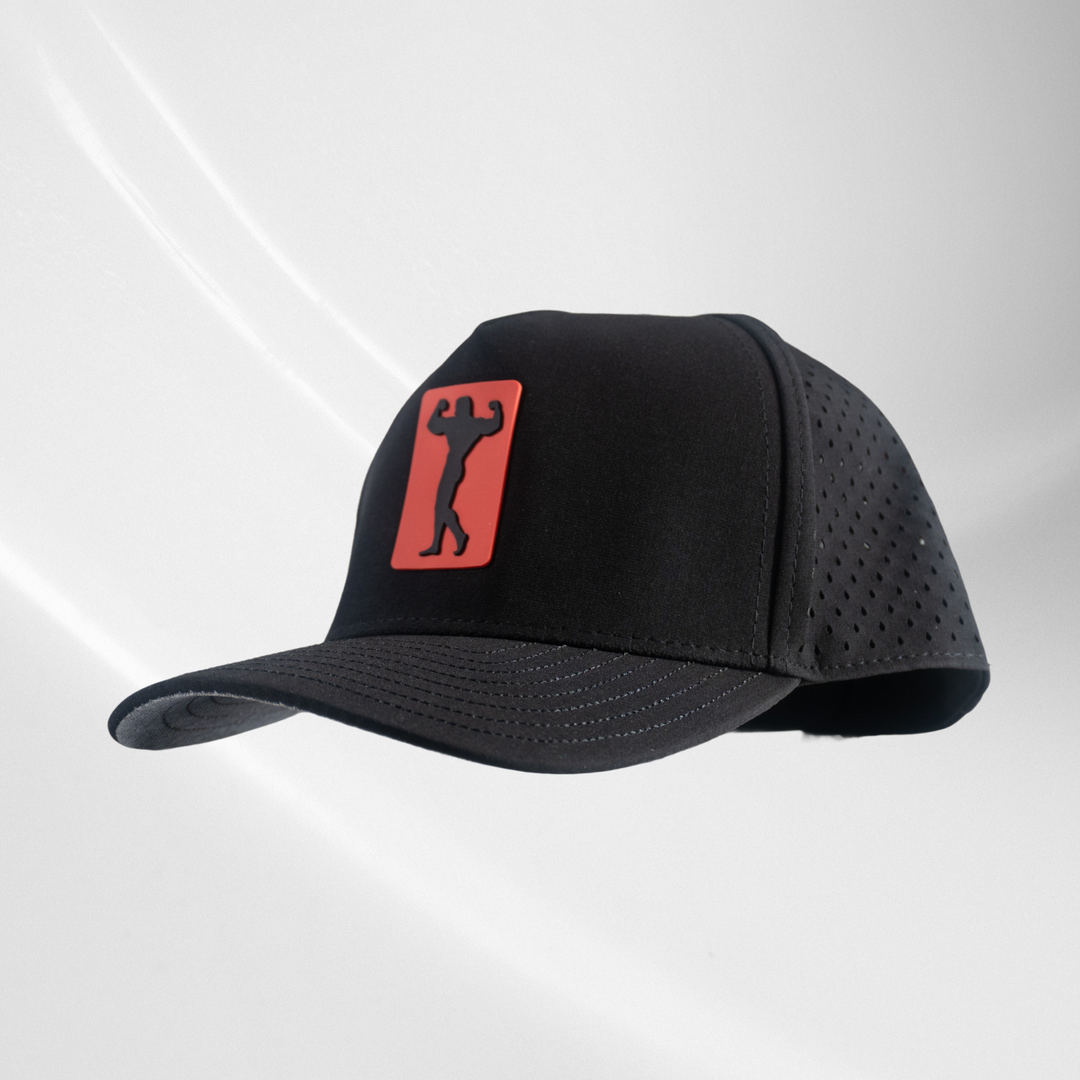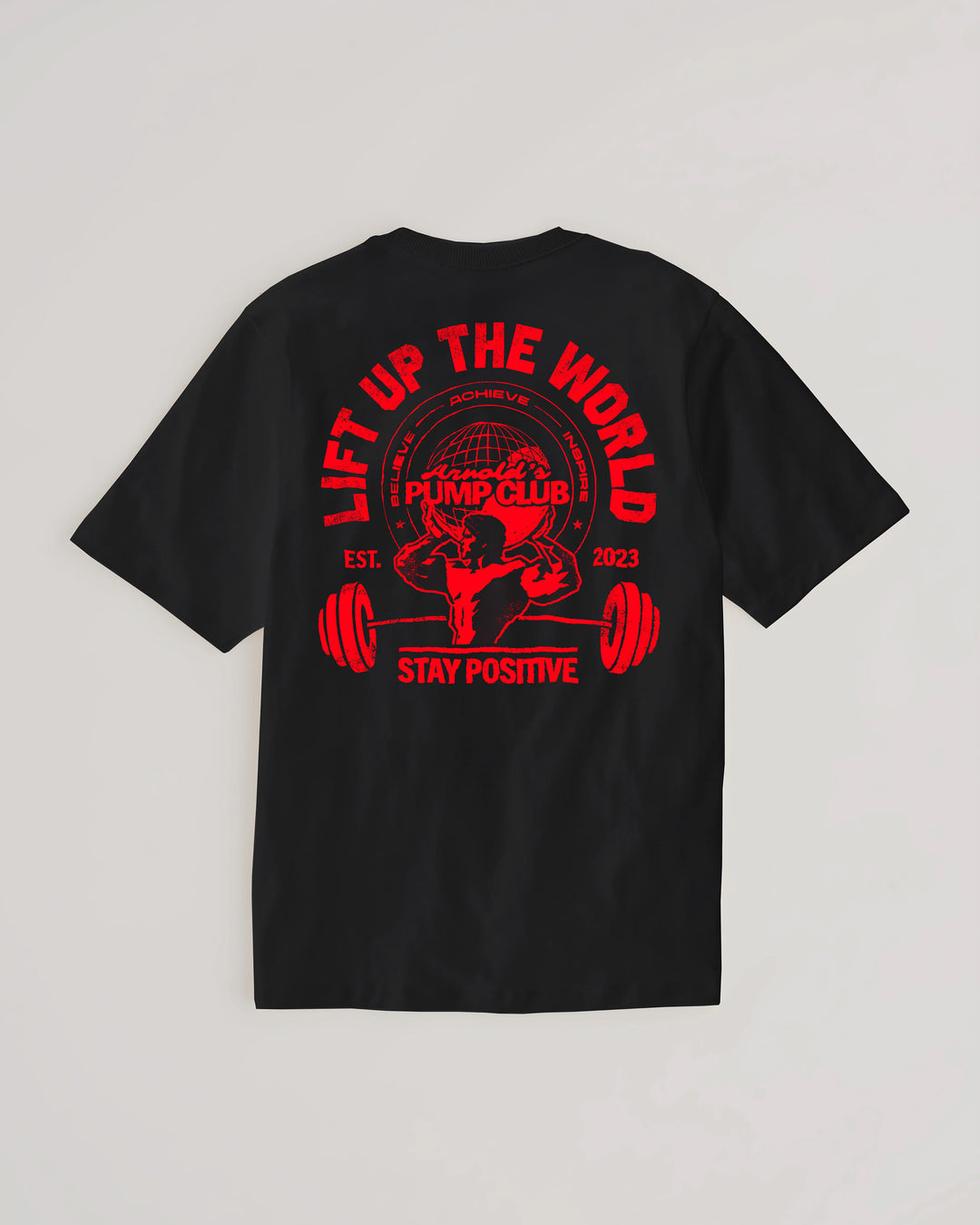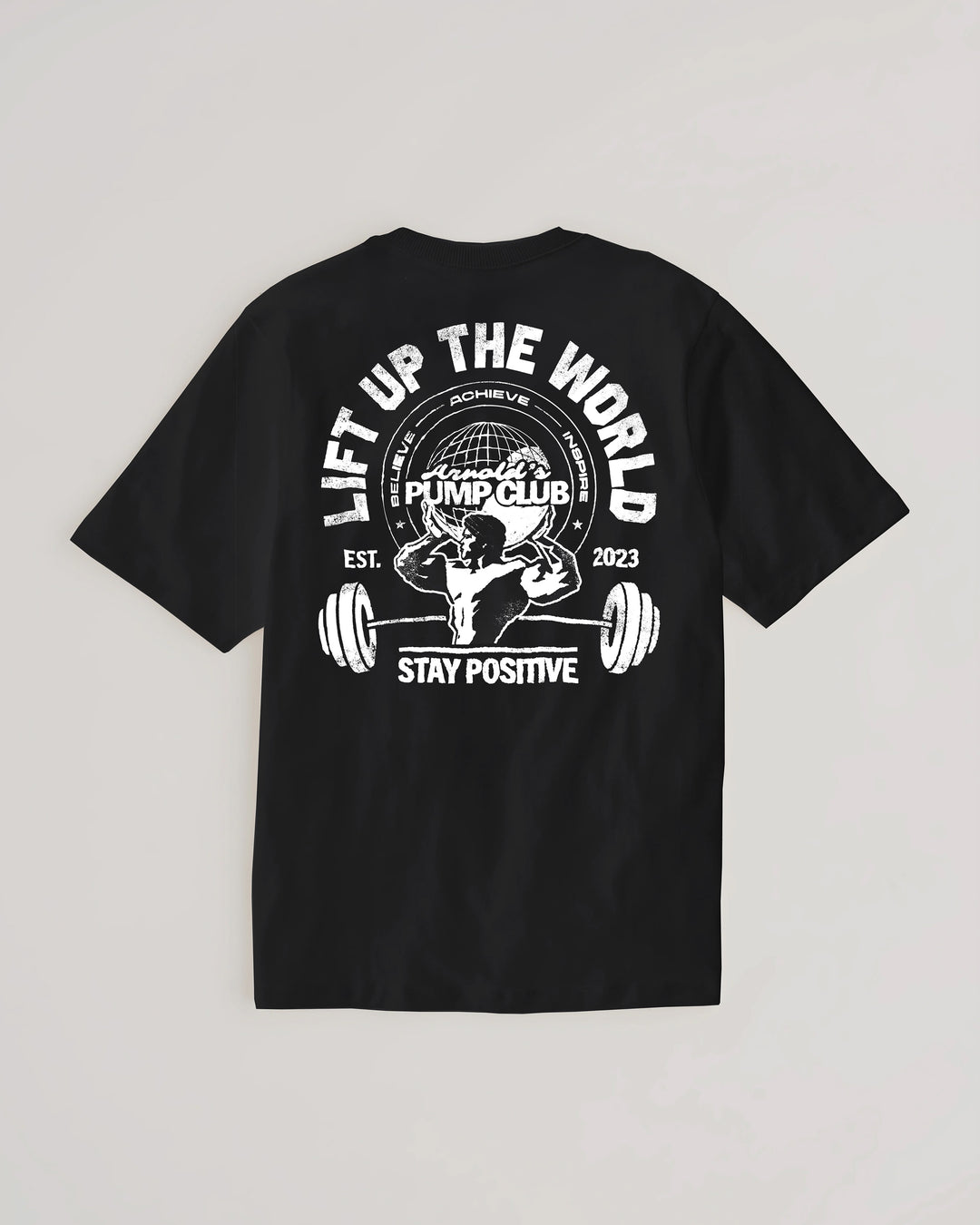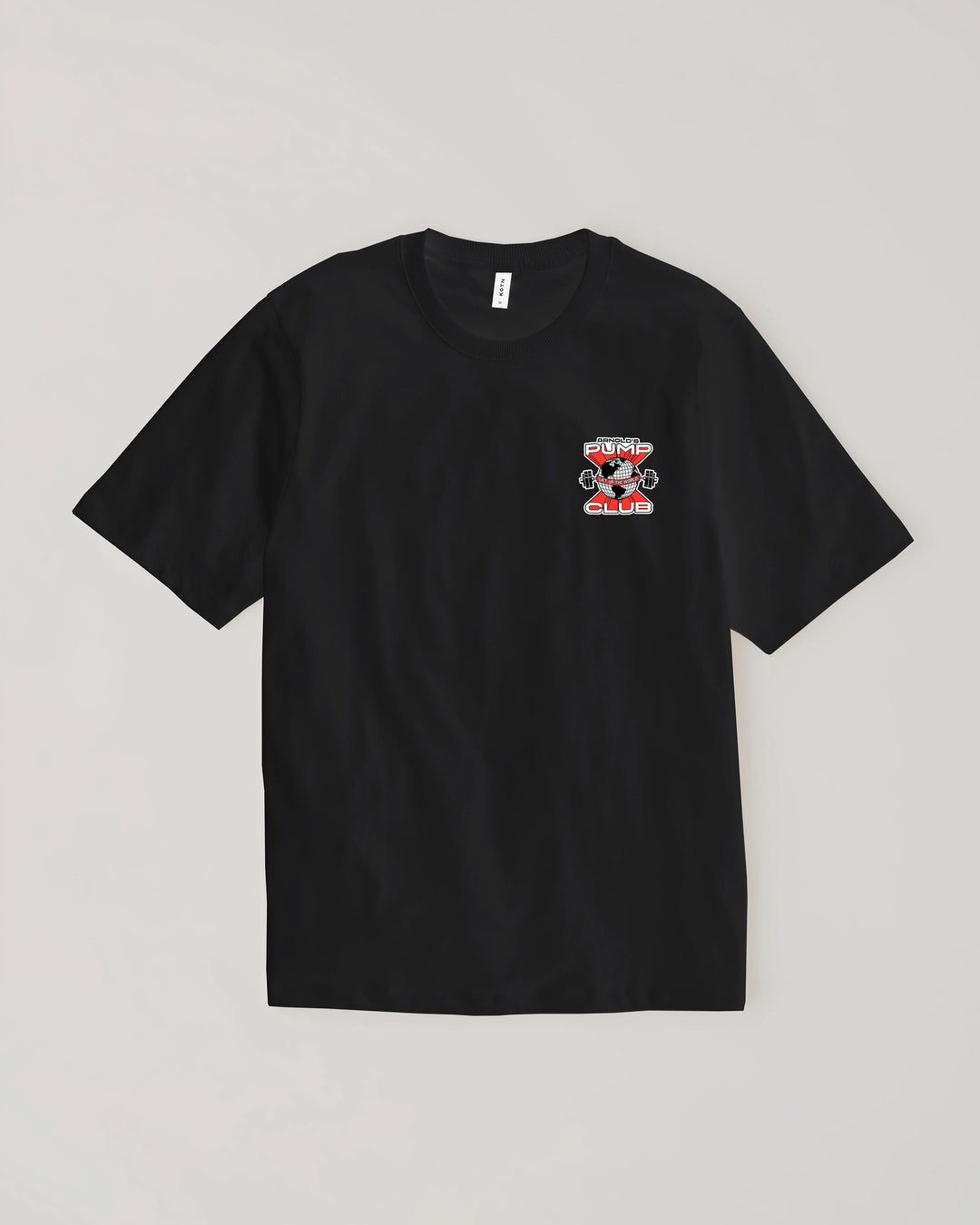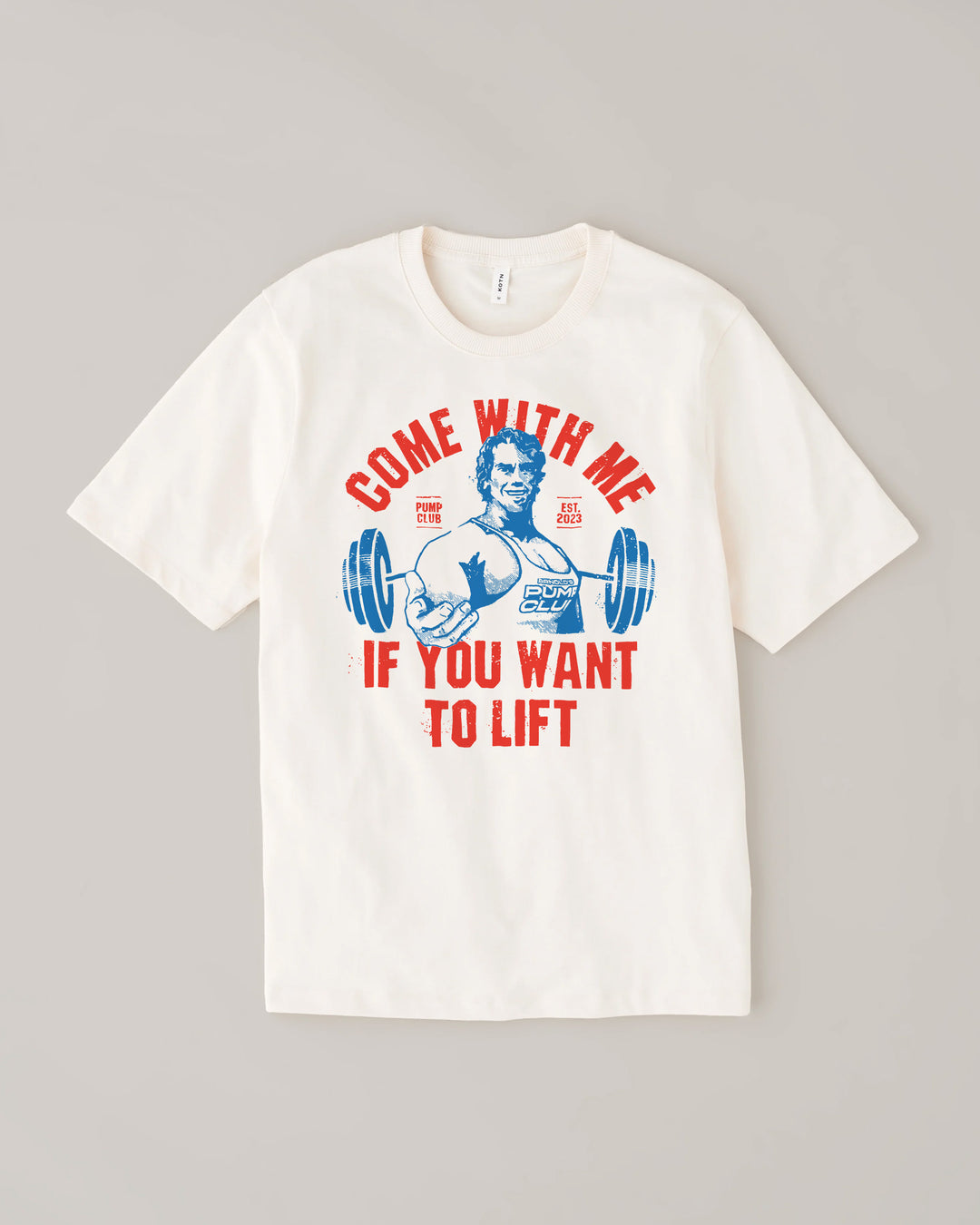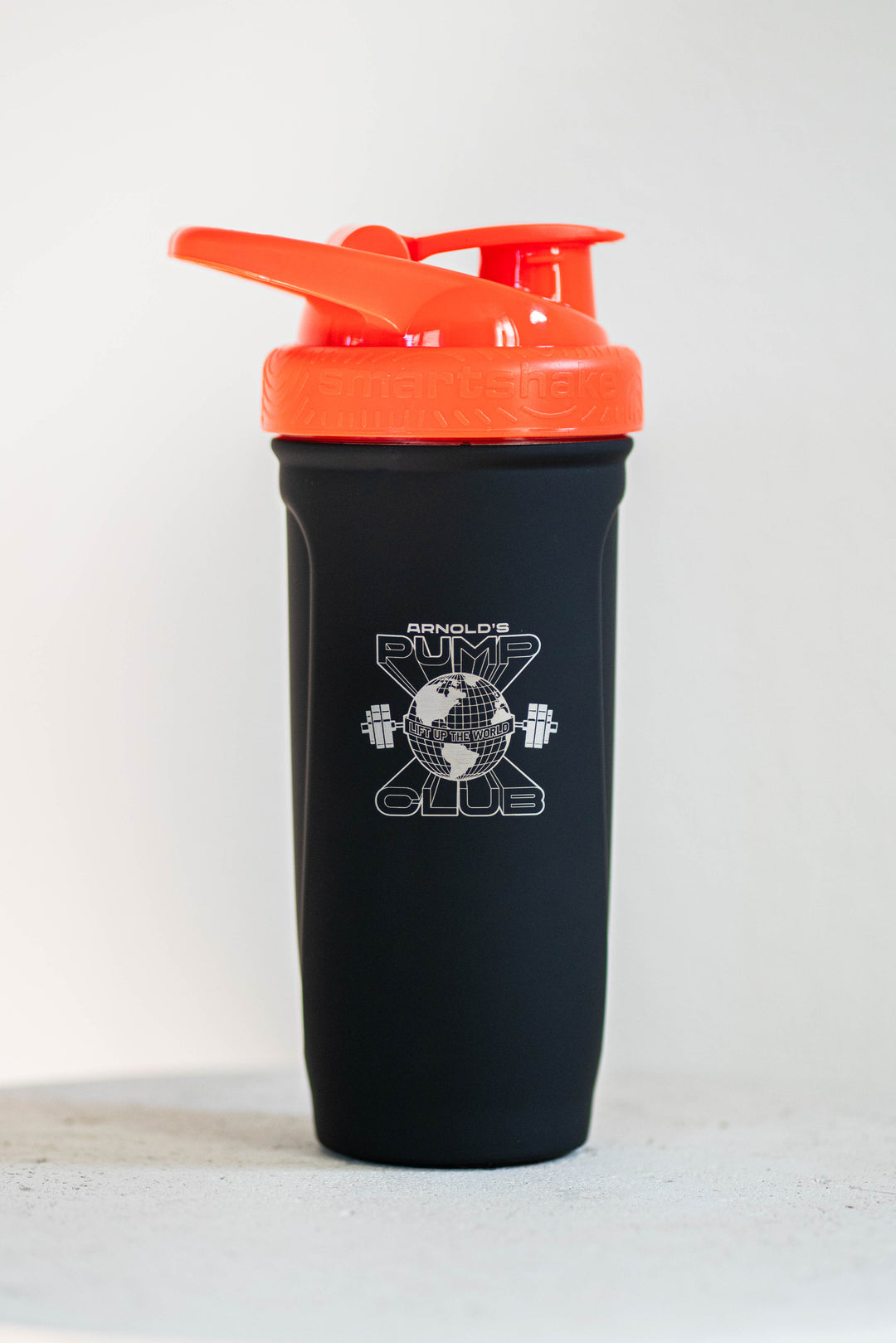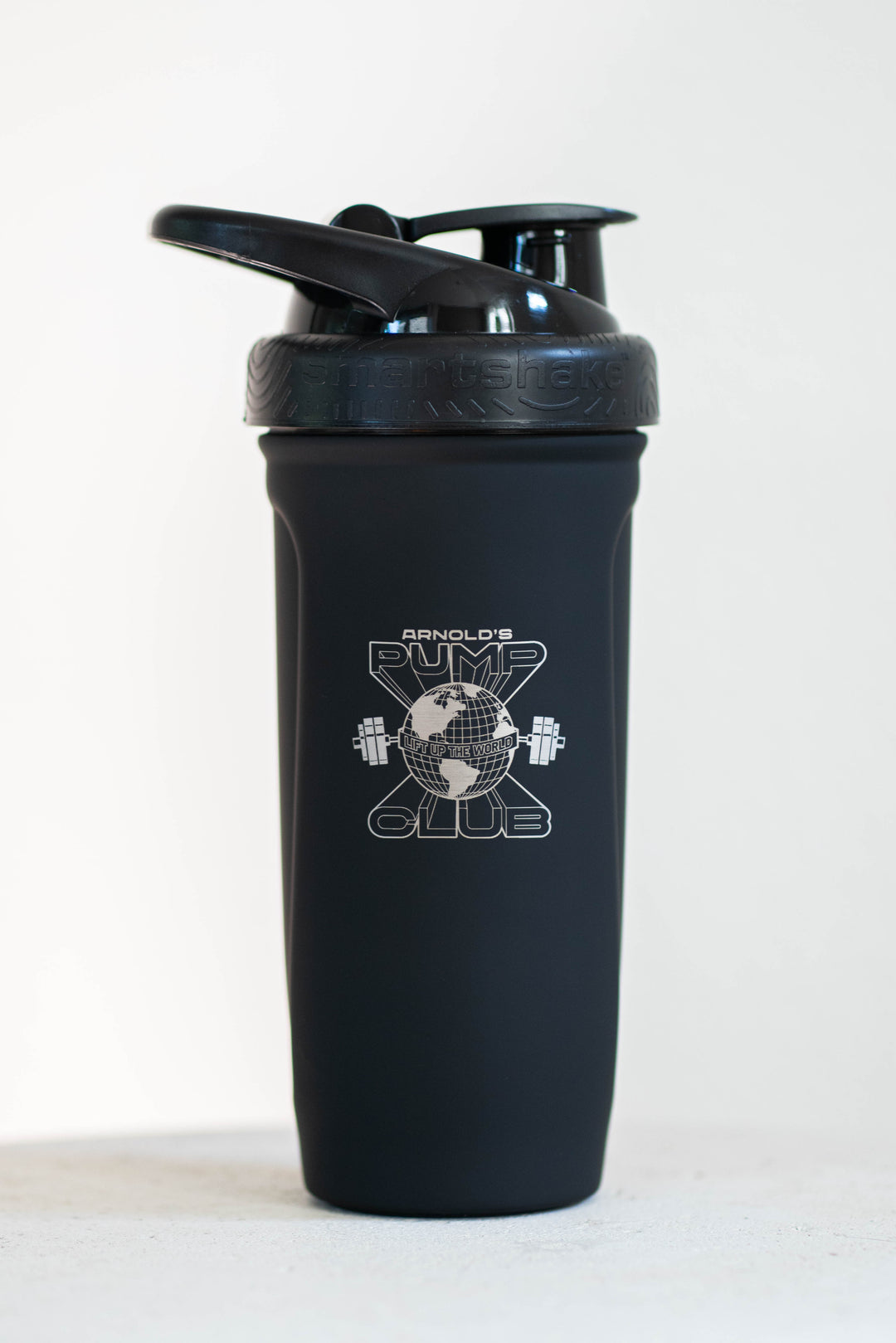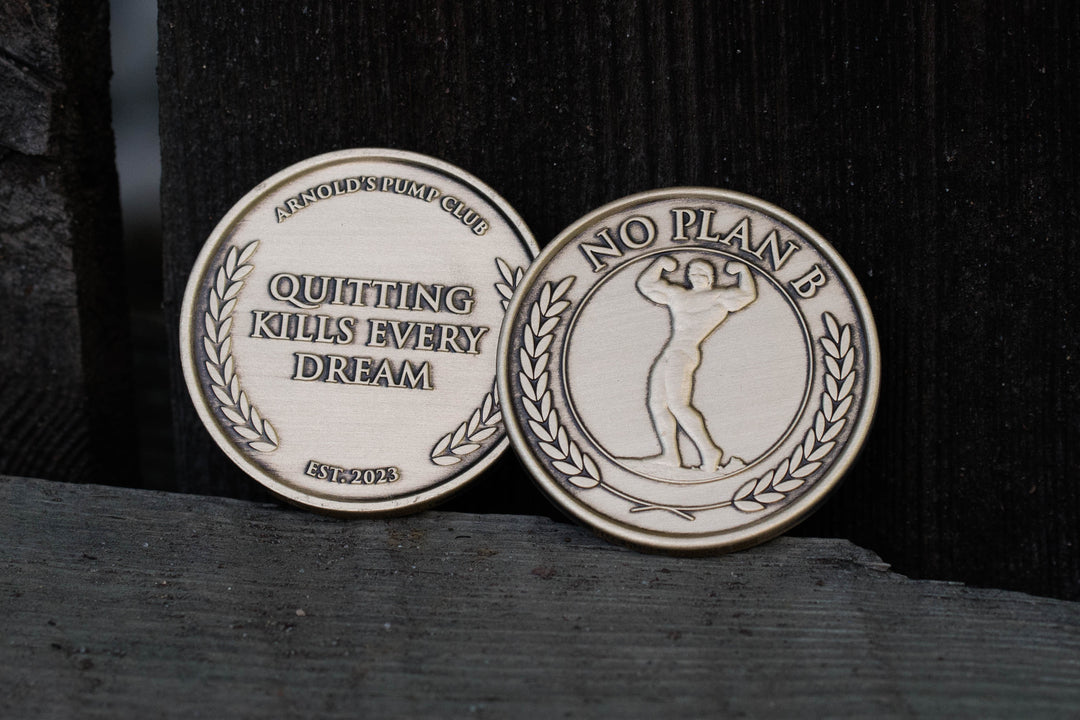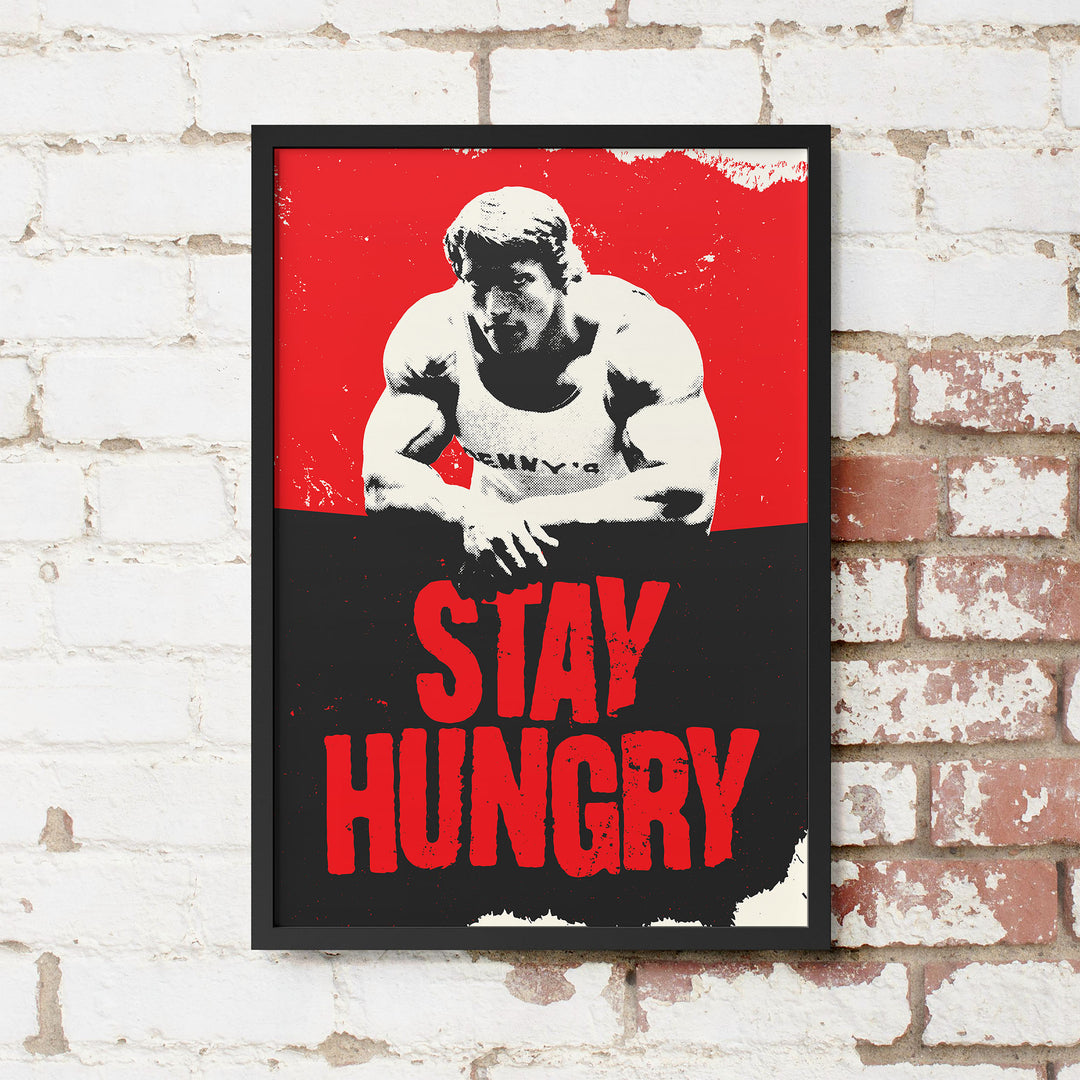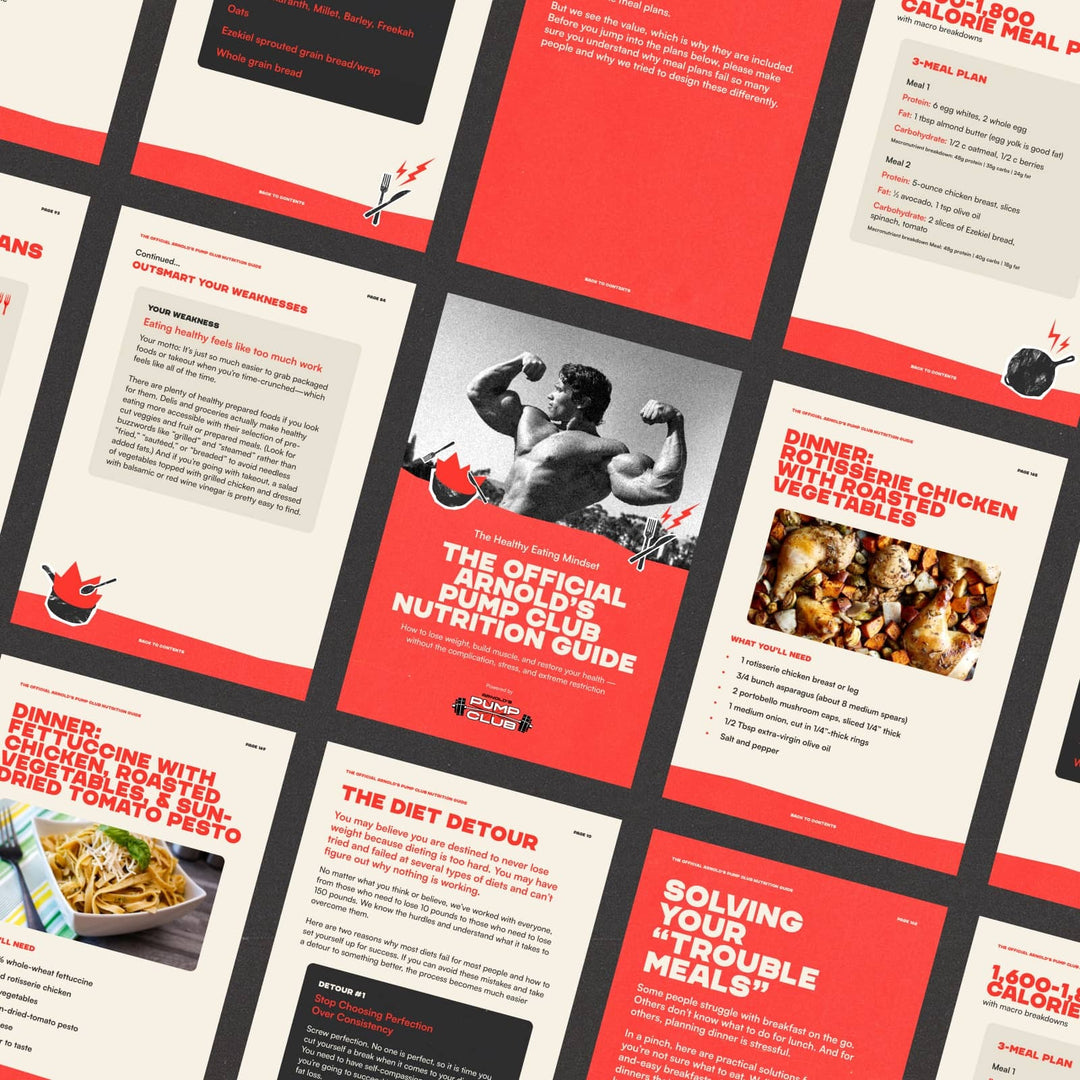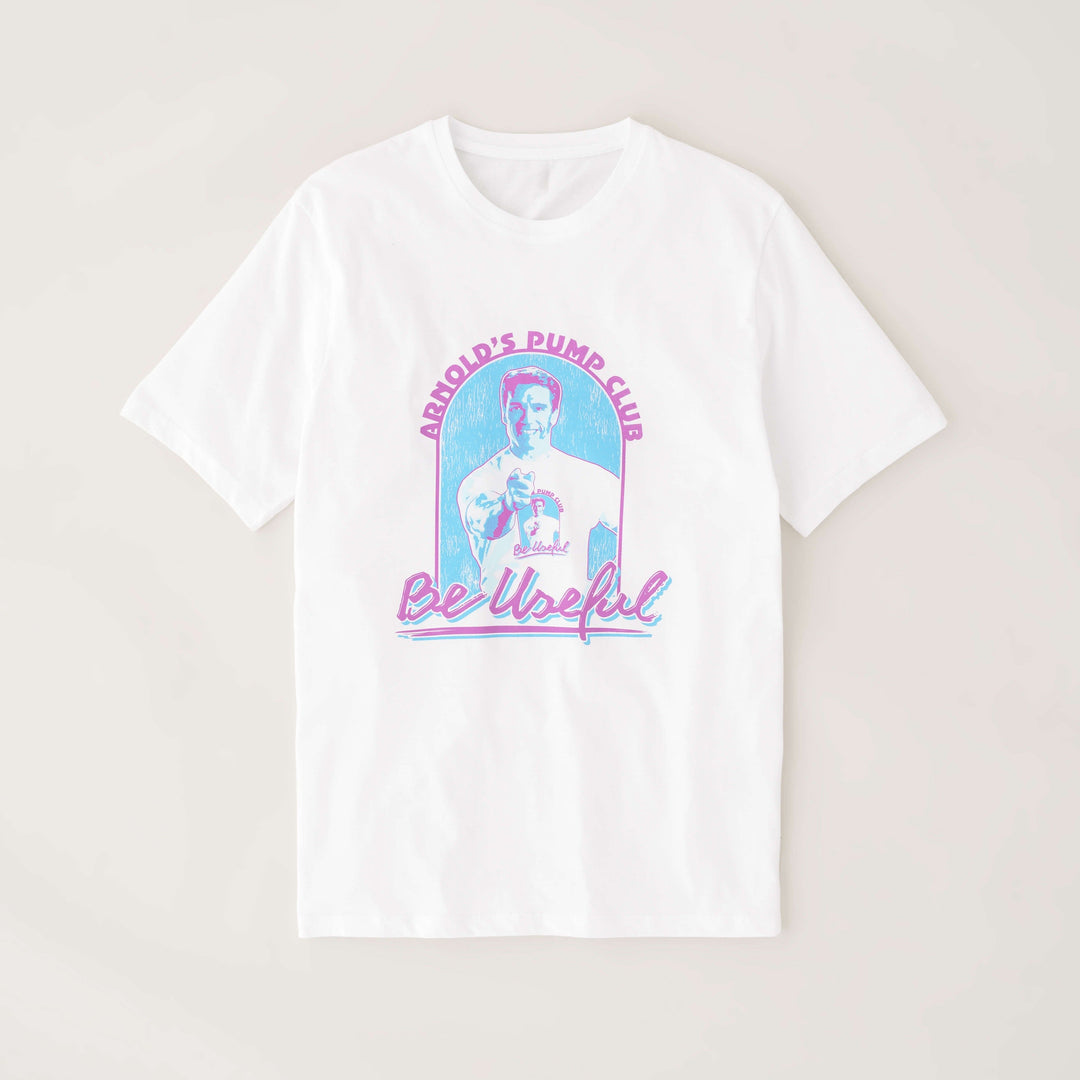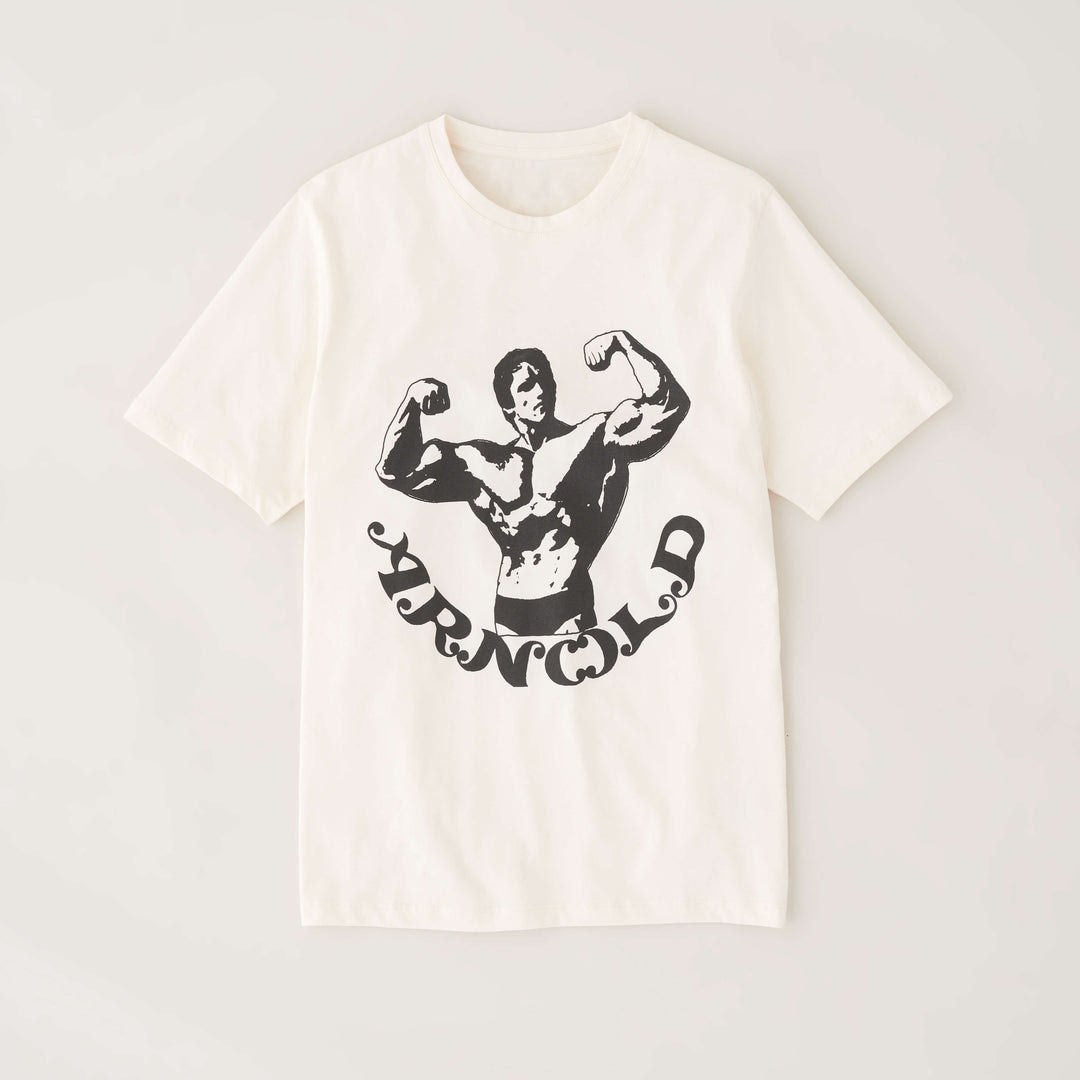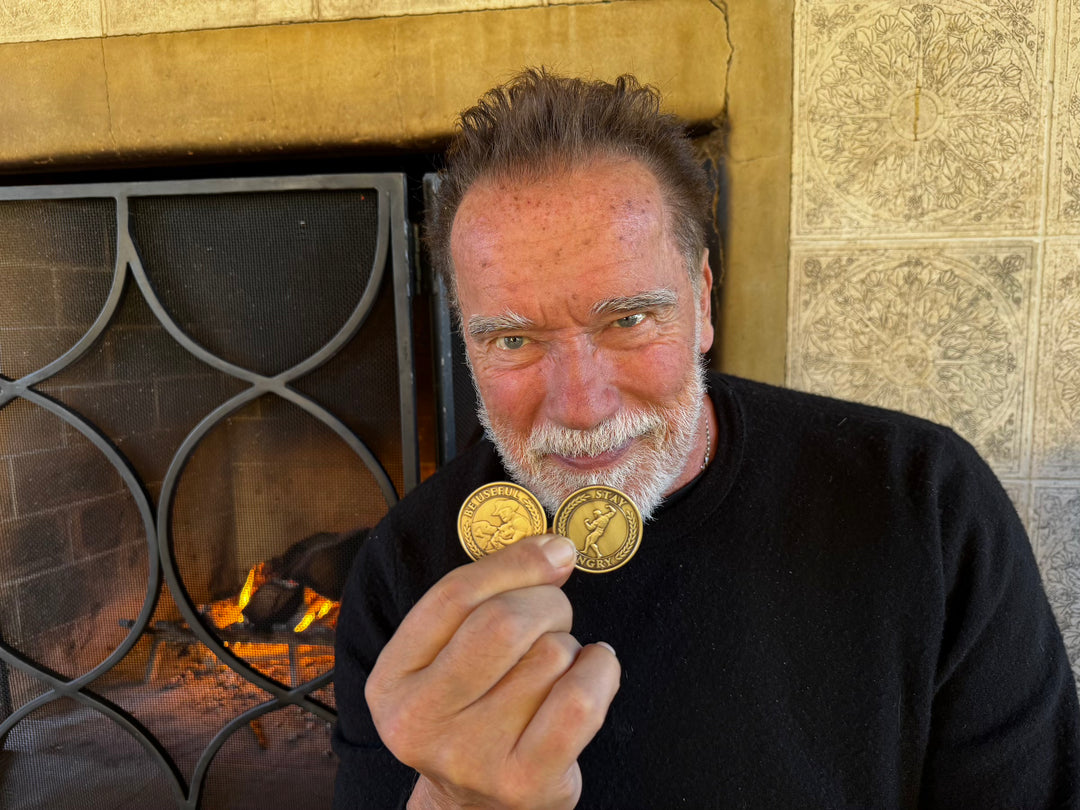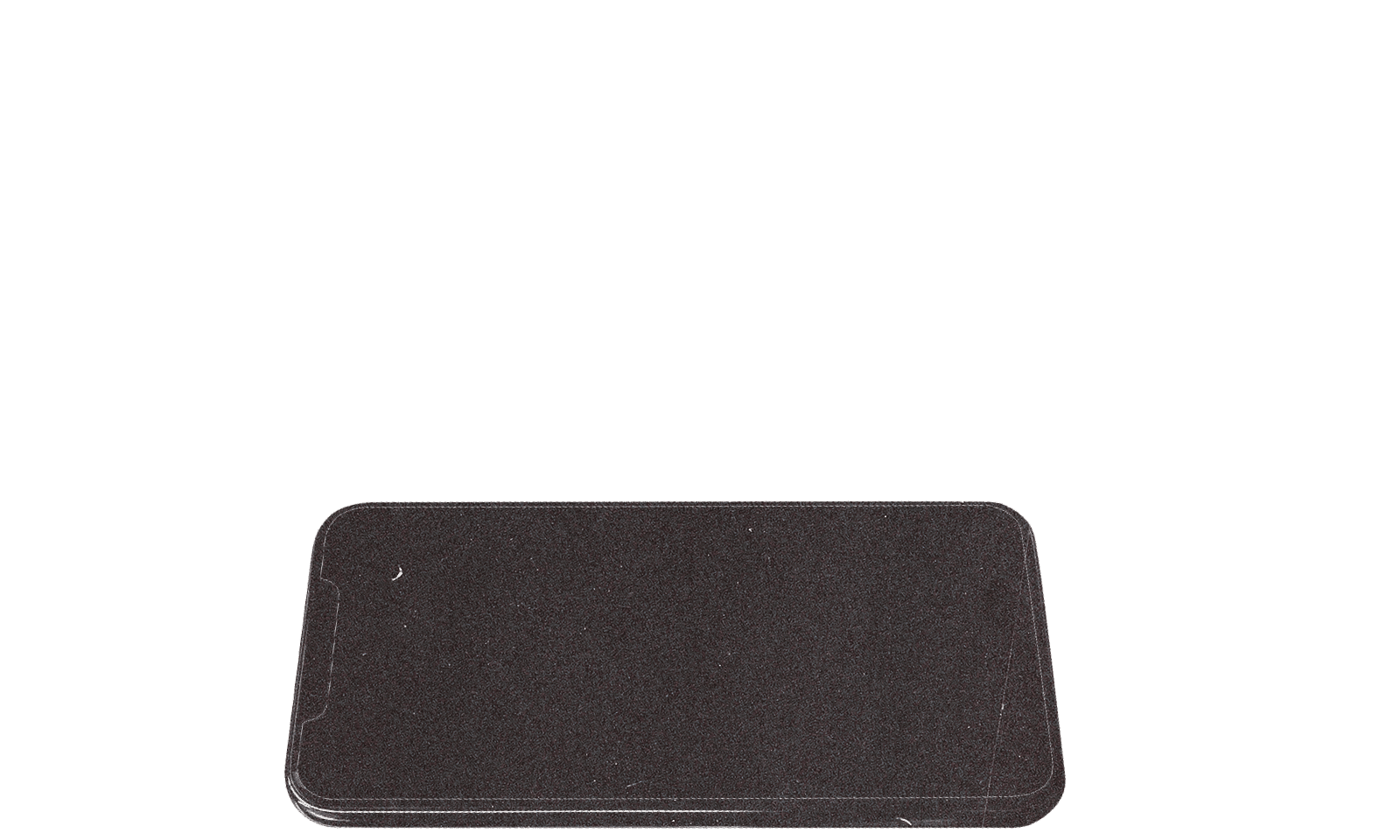Welcome to the positive corner of the internet. Here’s a daily digest designed to make you healthier in less than 5 minutes. If you were forwarded this message, you can get the free daily email here.
Today’s Health Upgrade
Heat up your recovery
Do you mind?
Let it go
Arnold’s Podcast
Motivation every day. Want Arnold to help you start your day? Each morning, we post a new podcast with tips you’ll find in the daily email and bonus stories, wisdom, and motivation from Arnold. Listen to Arnold's Pump Club podcast. It's like the daily newsletter but with additional narration and thoughts from Arnold. You can subscribe on Apple, Spotify, Google, or wherever you listen to podcasts.
Share Your Thoughts About Be Useful
If you picked up a copy, I want your reviews of Be Useful. Send them to me on social media!
Heat Up Your Recovery
Do you ever feel you can’t bounce back from a tough workout? It might be time to turn up the heat.
Research suggests that increasing your core body temperature might help with muscle recovery.
Ice was seen as the primary way to recover for decades because of its ability to reduce inflammation. But, as time has gone on, scientists have discovered that some inflammation can be good and can support recovery. More importantly, they’ve discovered that heat has potential benefits too.
In this study, participants immersed themselves in warm water, and those who maintained a core body temperature of 38.5 to 39 degrees Celsius (about 101 degrees Fahrenheit) for 25 minutes experienced less muscle fatigue and muscle damage. The key was not remaining too warm for too long or allowing body temperature to rise too high, which could have the opposite impact.
And, if you’re trying to build muscle, heat could be a more effective post-workout routine because research suggests that cold exposure after a workout can reduce muscle growth.
If you want to step up your recovery, there are plenty of ways to heat your core body temperature. You could do a hot tub, a warm bath, the sauna, heat packs, or even a quick heated yoga session. Give it a try, and see how it makes you feel.
Do You Mind?
Sticking to a diet or exercise plan can sometimes feel like an uphill battle. But what if there was a way to make it easier?
According to a new study, practicing mindfulness can help you lose weight and maintain a healthy body.
Scientists found that people who practice mindfulness reduced BMI, waist circumference, and body weight more than interventions that did not involve a mindfulness component.
Mindfulness is a practice where you pay close attention to your feelings, experiences, and sensations without judgment. It’s often misunderstood as allowing you to eat whatever you feel like, when — in reality — it’s about processing your emotions and thoughts to better understand your actions and how they truly make you feel. For example, some people may “emotionally eat” sugar-filled treats because they believe it makes them feel better when — in fact — it could have the opposite effect.
The scientists reviewed 26 studies covering thousands of people, and they found that on average, mindful eaters lost seven more pounds than those who just dieted. More impressively, those who practiced mindfulness were more likely to keep the weight off more than two years later.
According to the researchers, mindfulness helps improve self-regulation, leading to healthier food choices and increased physical activity. Being mindful allows you to be more in tune with your body, recognizing hunger and fullness cues, and making conscious decisions about what and how much you eat. Additionally, mindfulness meditation can help reduce stress and emotional eating, allowing you to make better choices.
If you want a place to start, before you eat a meal, take the time to ask yourself if the food you’re eating is serving your needs and your goals. And then, when you eat, make sure you take the time to slow down, chew, and be present. (Remember, tool #4 is to take 20 minutes to eat a meal, which can help you eat much less) Sometimes, it’s not even what you choose to eat but how quickly you eat it that can lead to consuming more than you want or need.
Let It Go
A little too much anger can lead to a lot of bad decisions. Researchers found that when you’re angry, your decision-making becomes dramatically worse, you don’t think as clearly, and you tend to choose riskier options.
That might not be that surprising. But here’s why it matters: those feelings of anger also lead to anger increased heart rate, blood pressure, and cortisol.
Anger can be a powerful motivating force, but it’s not necessarily the right emotion to drive critical and clear thinking. If you find yourself too pissed off, the best way to leverage that anger is to do some sort of physical activity. If that doesn’t work, do something that brings you joy before returning to anything that requires clear thinking to make the best decisions possible. Making important choices while angry can lead to impulsive and potentially unfavorable outcomes.
Or, remember the advice Arnold shared here in a previous newsletter:
“If I get mad, I ask myself, ‘Can I do anything about this?’ And if the answer is yes, like when hospitals didn’t have PPE or veterans didn’t have housing, then I do something. If the answer is no, which is often the case, then I try to turn off my anger. It’s a waste…I think that just realizing you’re getting angry will make you less negative…There are a lot of people who get rich from your anger. Starve them.”
—
Publisher: Arnold Schwarzenegger
Editors-in-chief: Adam Bornstein and Daniel Ketchell


